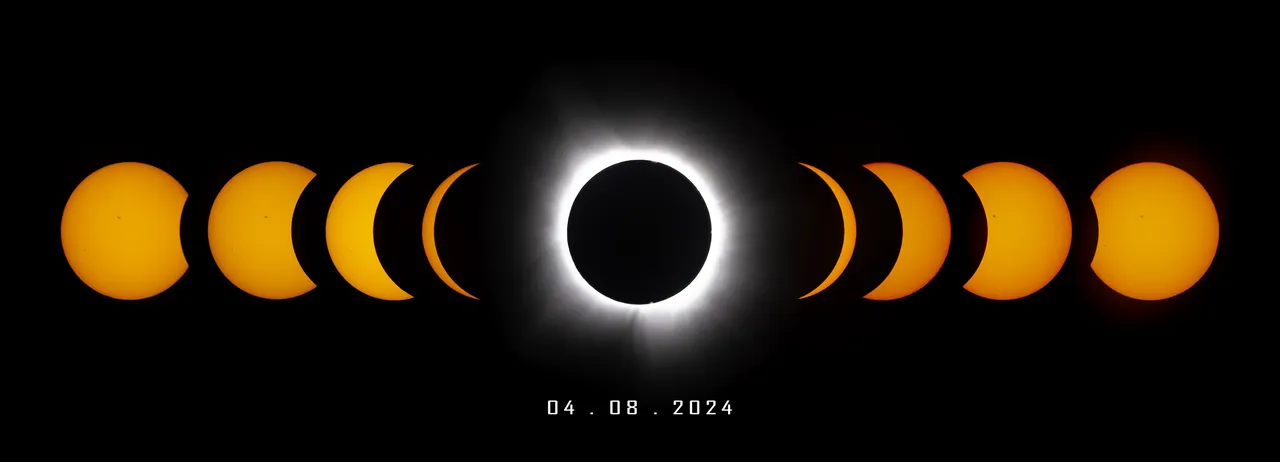
If you ever find an opportunity in your life to see a total solar eclipse, I can't recommend it enough. It was an amazing experience. Yesterday the family and I drove to see the total solar eclipse in the path of totality in Northern Arkansas. The forecast had been threatening us with clouds for the last week, and we were unsure if we'd even be able to see it. When we arrived at our spot, however, the skies were blue with just a hint of wispy cirrus clouds at the highest elevations, making for fantastic viewing. First Contact (the pint at which the sun & moon first touch) began at 12:35pm, lasting for 1 hour and 17 minutes until Second Contact - when totality begins. We experienced totality for 2 minutes and 28 seconds from our location. The temperature was around 75º when we arrived an hour before, but as the moon's shadow approached it dropped by about 10-15º. Once totality began, I was a scrambling madman trying to get as many shots of it as I possibly could, both on my on my Canon EOS 6D as well as my Minolta 35mm film camera, both on my Opteka 500mm f/8 lens with T-adapters. Granted, I have no idea whether I captured anything decent on the film camera, but the above composite is an amalgam of all the shots I took digitally both before and after totality. The moment totality ends is known as Third Contact, and then Fourth Contact is when they stop touching completely and the eclipse ends.
To get this composite, I set a list of alarms. The first went off 10 minutes after First Contact, with the rest going off every 20 minutes, with the last one being 7 minutes before totality. Once totality ended, I reversed it. I waited 7 minutes, then each of the last alarms were again set at 20 minutes apart. This gave me perfectly symmetrical images that I was able to make this composite with. I hope you enjoy.